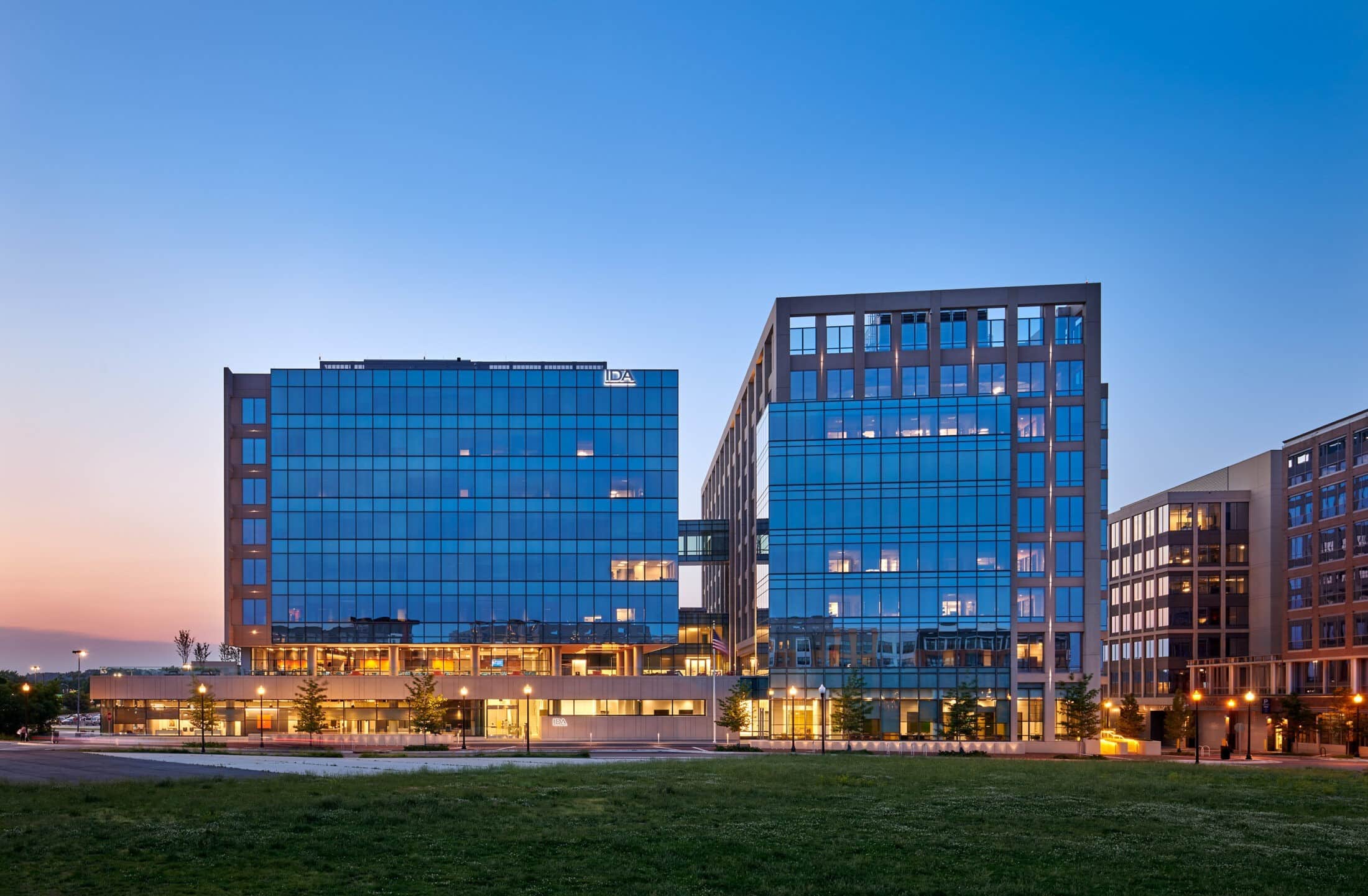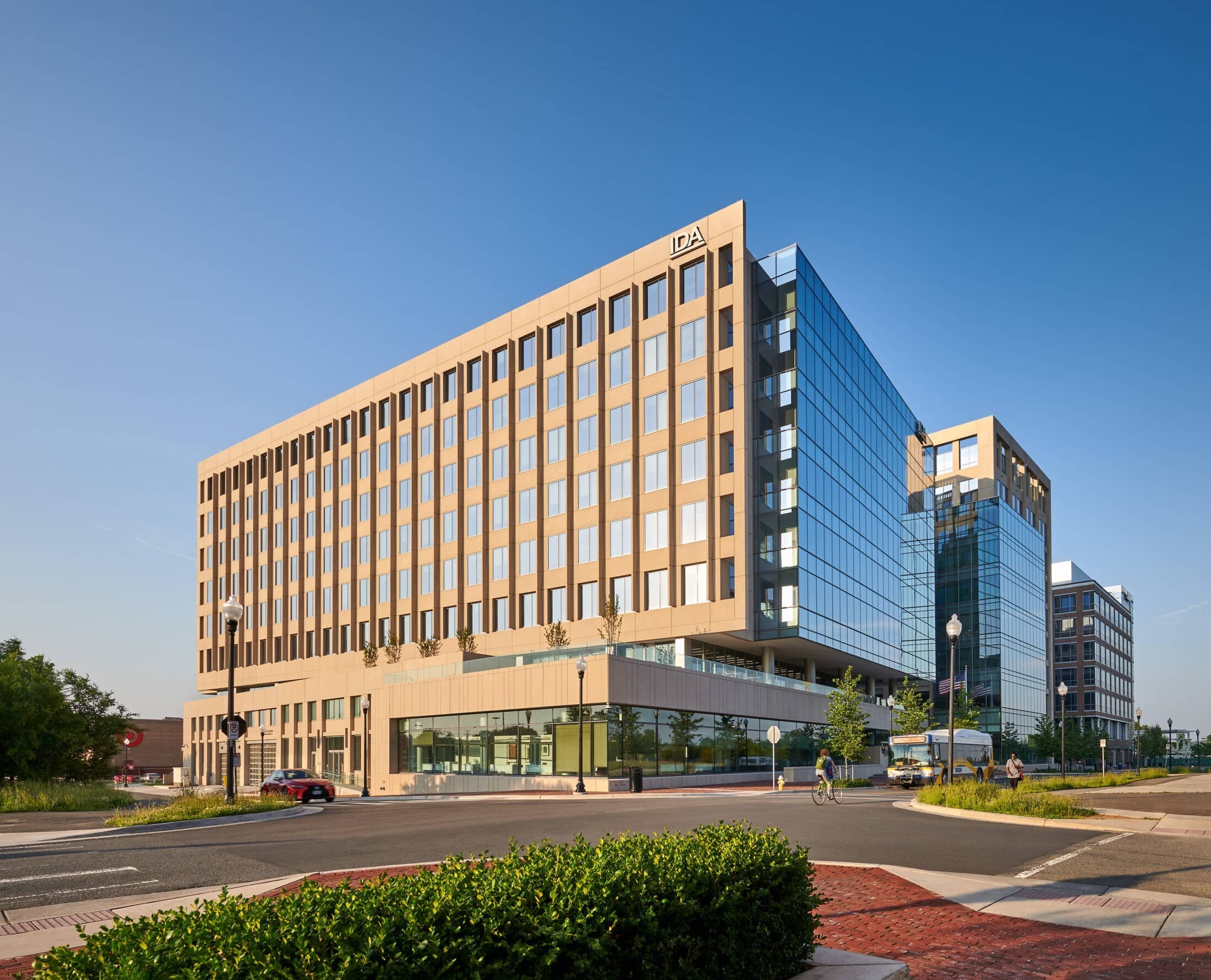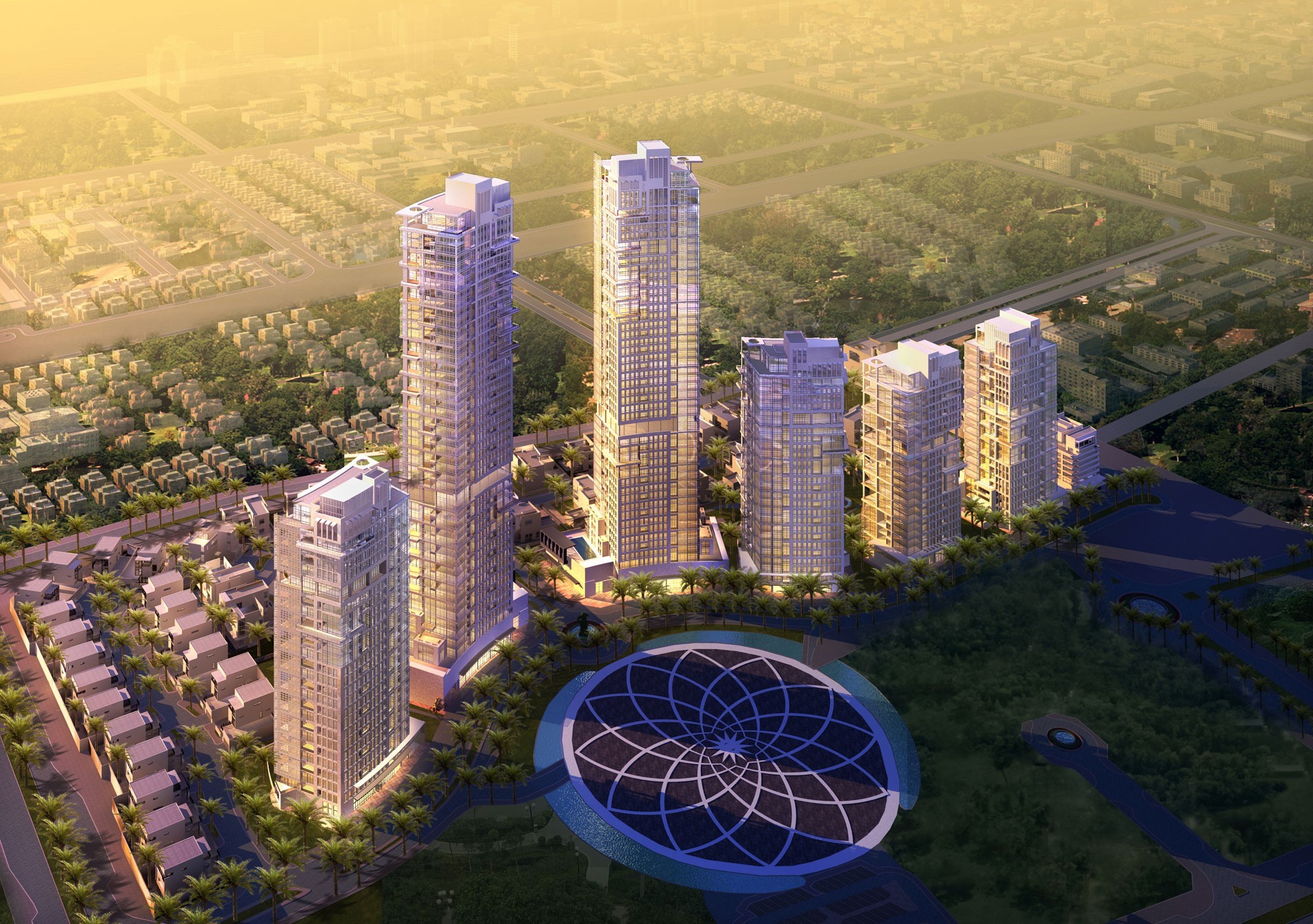Abstract Excerpt for WCSM 03: Application of Smart Materials (I) — Energy Direction | Title: Sequestering Carbon in Concrete: Enhancing Sustainability in Construction (Link to Download of Presentation Deck PDF)
Mr. Manoj Dalaya, Co-President
KGD Architecture
USA
Abstract
The environmental impact of traditional concrete production is significant, primarily due to its high carbon footprint. This research introduces a novel approach to mitigate these impacts by utilizing waste carbon dioxide (CO2) as an additive in concrete, transforming it into a smart material for sustainable construction. The waste CO2 is sourced from industrial processes that would otherwise be released into the atmosphere. By injecting recycled CO2 into the concrete mix, the gas chemically converts to a mineral, sequestering carbon and reducing the concrete’s overall carbon footprint. This process is known as carbonation. The carbonation reaction can occur quickly compared to the traditional hydration process of cement, leading to certain effects on the curing times and the overall properties of the concrete. This injection of CO2 into concrete not only contributes to greenhouse gas reduction but also improves the
concrete’s strength and durability. The implementation of this technology in an 8-story, 400,000 GSF building project demonstrated its feasibility, allowing the project to achieve environmental goals without compromising performance or quality. This method promises significant benefits for the construction industry, offering a scalable solution to reduce emissions and enhance material properties, aligning with global sustainability objectives.
Biography
Mr. Manoj Dalaya, FAIA, co-president of KGD Architecture, brings over three decades of expertise in architecture and urban design, focusing on integrating sustainability and community connectivity. His leadership in secure and high-performance spaces has earned numerous awards and recognitions. A prominent speaker on sustainable design, Mr. Dalaya’s contributions to the field are shaping the future of environmentally responsible construction practices.





